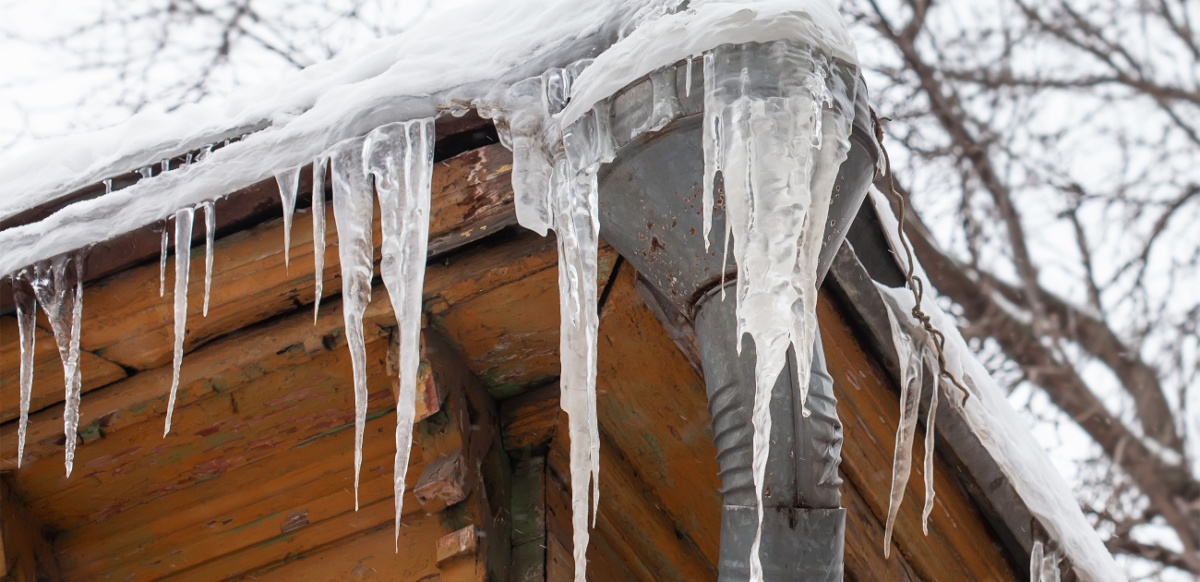How to Defend Your Pipes from Cold Weather: Professional Guidance
How to Defend Your Pipes from Cold Weather: Professional Guidance
Blog Article
Just how do you feel about Prevent Frozen Pipes ?

Winter can ruin your pipes, specifically by freezing pipelines. Below's just how to stop it from taking place and what to do if it does.
Introduction
As temperature levels decline, the threat of icy pipes increases, potentially causing pricey repair work and water damage. Understanding exactly how to stop icy pipelines is essential for house owners in chilly environments.
Avoidance Tips
Shielding at risk pipes
Wrap pipelines in insulation sleeves or use warmth tape to safeguard them from freezing temperatures. Focus on pipes in unheated or exterior locations of the home.
Heating techniques
Keep indoor spaces appropriately heated, particularly locations with pipes. Open cupboard doors to enable cozy air to flow around pipes under sinks.
How to determine icy pipelines
Seek lowered water circulation from taps, uncommon smells or sounds from pipelines, and noticeable frost on exposed pipelines.
Long-Term Solutions
Architectural changes
Take into consideration rerouting pipelines far from exterior walls or unheated areas. Include added insulation to attics, basements, and crawl spaces.
Updating insulation
Buy high-grade insulation for pipelines, attics, and wall surfaces. Appropriate insulation helps keep constant temperatures and lowers the danger of frozen pipelines.
Securing Exterior Pipes
Garden pipes and outdoor taps
Separate and drain garden hose pipes prior to winter. Install frost-proof faucets or cover exterior taps with insulated caps.
Comprehending Icy Pipes
What triggers pipes to freeze?
Pipes ice up when revealed to temperature levels listed below 32 ° F (0 ° C) for prolonged periods. As water inside the pipes ices up, it expands, taxing the pipeline wall surfaces and potentially causing them to break.
Threats and damages
Frozen pipelines can bring about water system disturbances, building damages, and expensive repairs. Ruptured pipelines can flood homes and trigger comprehensive structural damages.
Signs of Frozen Pipeline
Determining frozen pipes early can stop them from rupturing.
What to Do If Your Pipes Freeze
Immediate activities to take
If you presume frozen pipelines, keep taps open to relieve stress as the ice melts. Utilize a hairdryer or towels taken in hot water to thaw pipelines slowly.
Final thought
Preventing icy pipelines needs aggressive measures and fast reactions. By recognizing the reasons, indicators, and preventive measures, home owners can safeguard their pipes during winter.
5 Ways to Prevent Frozen Pipes
Drain Outdoor Faucets and Disconnect Hoses
First, close the shut-off valve that controls the flow of water in the pipe to your outdoor faucet. Then, head outside to disconnect and drain your hose and open the outdoor faucet to allow the water to completely drain out of the line. Turn off the faucet when done. Finally, head back to the shut-off valve and drain the remaining water inside the pipe into a bucket or container. Additionally, if you have a home irrigation system, you should consider hiring an expert to clear the system of water each year.
Insulate Pipes
One of the best and most cost-effective methods for preventing frozen water pipes is to wrap your pipes with insulation. This is especially important for areas in your home that aren’t exposed to heat, such as an attic. We suggest using foam sleeves, which can typically be found at your local hardware store.
Keep Heat Running at 65
Your pipes are located inside your walls, and the temperature there is much colder than the rest of the house. To prevent your pipes from freezing, The Insurance Information Institute suggests that you keep your home heated to at least 65 degrees, even when traveling. You may want to invest in smart devices that can keep an eye on the temperature in your home while you’re away.
Leave Water Dripping
Moving water — even a small trickle — can prevent ice from forming inside your pipes. When freezing temps are imminent, start a drip of water from all faucets that serve exposed pipes. Leaving a few faucets running will also help relieve pressure inside the pipes and help prevent a rupture if the water inside freezes.
Open Cupboard Doors
Warm your kitchen and bathroom pipes by opening cupboards and vanities. You should also leave your interior doors ajar to help warm air circulate evenly throughout your home.

We were introduced to that article about Winter Plumbing Precautions: Preventing Frozen Pipes from a buddy on a different web page. Remember to take the opportunity to share this blog posting if you enjoyed it. Thanks so much for taking the time to read it.
Call Today Report this page